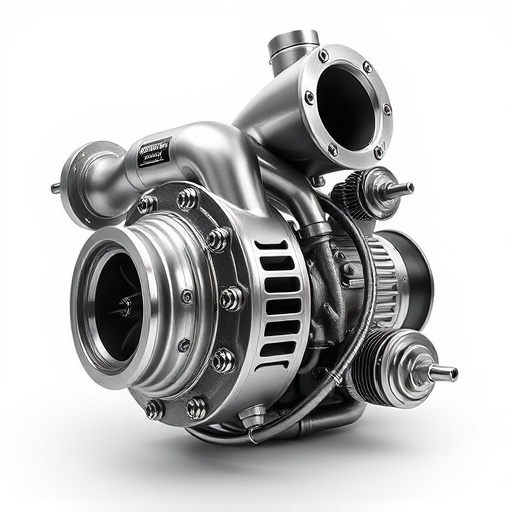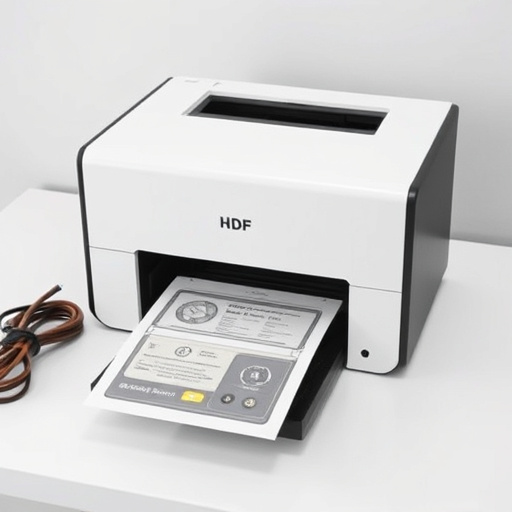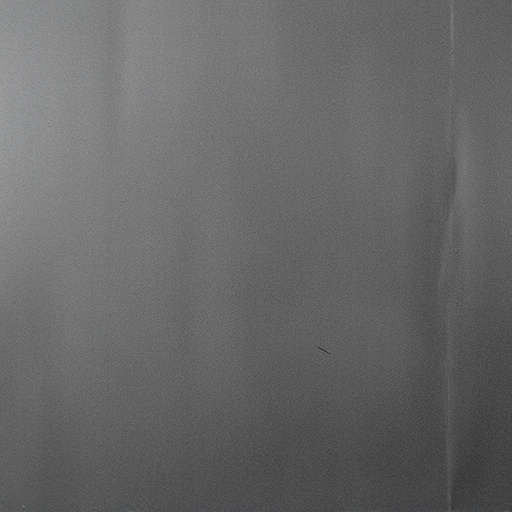Promotional materials like brochures, digital banners, and social media posts are powerful tools for businesses to engage their target market. Effective strategies tailor content and design to specific goals, such as enhancing brand recognition or driving sales of services like ceramic window tinting. By aligning campaign placement, design, and purpose with clear objectives, marketers can measure success through metrics like website traffic, engagement rates, conversion numbers, and ROI. Comprehensive analysis of these campaigns provides valuable insights for optimizing future strategies, ensuring each promotional material achieves its intended objectives.
Measuring the return on investment (ROI) of promotional materials campaigns is vital for businesses seeking to optimize their marketing strategies. Promotional materials, ranging from brochures to digital content, serve as powerful tools to engage customers and drive sales. This article guides you through understanding the purpose of promotional materials, implementing effective ROI measurement strategies, and analyzing results to refine future campaigns. By following these steps, you’ll enhance your promotional efforts and maximize their impact.
- Understanding Promotional Materials and Their Purpose
- Strategies for Measuring ROI Effectively
- Analyzing Results and Optimizing Future Campaigns
Understanding Promotional Materials and Their Purpose

Promotional materials are a powerful tool for businesses to engage with their target audience and drive sales. These can range from printed brochures and flyers to digital banners, social media posts, and even experiential marketing events. Understanding the purpose behind each promotional material is key to measuring its effectiveness. For instance, while window tinting promotions may aim to raise awareness about a new service offering, vinyl wraps could be used to showcase specialized skills or products, leveraging high-quality finishes to capture attention.
The strategic placement and design of these materials should align with the desired outcomes. A well-designed brochure, for example, can provide detailed information about services, while a visually captivating social media campaign might encourage user engagement and sharing. By clearly defining the objectives—whether it’s increasing brand recognition, driving foot traffic, or generating leads—marketers can assess the success of their promotional efforts more accurately, ensuring investments in materials like brochures, digital ads, or even car wraps yield the desired return on investment (ROI).
Strategies for Measuring ROI Effectively

To measure the ROI of promotional materials campaigns effectively, it’s crucial to implement strategies that capture both immediate and long-term impacts. Start by defining clear metrics aligned with your campaign objectives. For instance, if your promotional focus is on raising brand awareness for a new vehicle protection service like ceramic window tinting, track metrics such as increase in website traffic, social media engagement, and unique leads generated during and immediately following the campaign. These data points provide immediate feedback on the promotional materials’ effectiveness.
Additionally, consider the broader impact on sales and customer retention. Analyze the conversion rates of targeted audiences who interacted with your promotional materials. For example, did a successful window tinting campaign translate into more service appointments or product purchases? By examining these connections, you gain insights into the long-term ROI, demonstrating the value of promotional materials in driving sustainable business growth, especially for services like ceramic window tinting and vehicle protection.
Analyzing Results and Optimizing Future Campaigns

After analyzing the results of your promotional materials campaigns, you gain valuable insights that can significantly optimize future efforts. By tracking key metrics like engagement rates, conversion numbers, and cost per acquisition, you can identify what’s working and what needs improvement. For instance, if social media posts generate high engagement but low conversions, consider tweaking the messaging or targeting strategy. Conversely, successful campaigns like professional PPF installations or custom vehicle wraps can provide a benchmark for future promotions, highlighting effective tactics to emulate.
This data-driven approach allows you to refine your promotional strategies, ensuring each campaign not only meets but exceeds its objectives. Whether focusing on window tinting promotions or custom vehicle wraps, continuous optimization ensures your marketing dollars are effectively allocated, maximizing the return on investment (ROI) and driving better results over time.
Measuring the return on investment (ROI) of promotional materials campaigns is essential for any business seeking to optimize its marketing efforts. By employing effective strategies, such as tracking engagement metrics, analyzing conversion rates, and attributing sales accurately, businesses can gain valuable insights into what works best. Through continuous analysis and optimization, companies can enhance the impact of their promotional materials, ensuring every campaign delivers a tangible ROI. This data-driven approach allows for informed decision-making, enabling businesses to navigate the competitive market landscape with confidence and stay ahead of the game using strategic promotional strategies.














